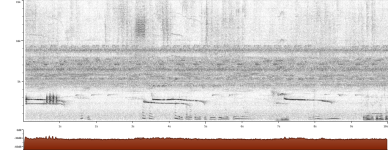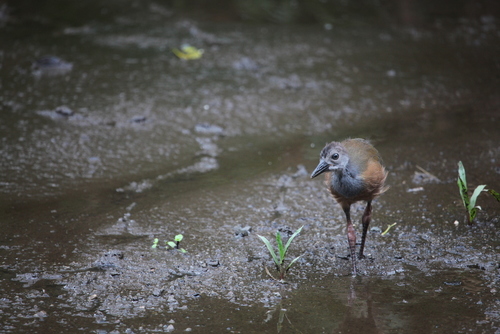payaminotom
Well-known member

EDIT: IGNORE DESCRIPTION, PLEASE READ DISCUSSION
These juvenile Tinamous were encountered around an Oxbow lake in secondary forest within the Ecuadorian Amazon, altitude about 250m, not far from small human habitation and within small scale agroforestry area. There was at least one other individual present, possibly a parent, but it was not filmed. This ID has posed a big challenge to me as I have found information online about juvenile tinamous to be extremely minimal. But there are some very key features here: you can see proportion quite well, plumage patterns are apparent, and the birds are calling.
Obviously this is an extremely challenging ID, but any resources or information provided will be very welcome. I have included the straight mp3 and sonogram incase it is helpful.
The potential candidate species are Great Tinamou, White-throated Tinamou, Cinereous Tinamou, Little Tinamou, Undulated Tinamou, Variegated Tinamou and Bartlett's Tinamou.
Thankyou for any and all input!
These juvenile Tinamous were encountered around an Oxbow lake in secondary forest within the Ecuadorian Amazon, altitude about 250m, not far from small human habitation and within small scale agroforestry area. There was at least one other individual present, possibly a parent, but it was not filmed. This ID has posed a big challenge to me as I have found information online about juvenile tinamous to be extremely minimal. But there are some very key features here: you can see proportion quite well, plumage patterns are apparent, and the birds are calling.
Obviously this is an extremely challenging ID, but any resources or information provided will be very welcome. I have included the straight mp3 and sonogram incase it is helpful.
The potential candidate species are Great Tinamou, White-throated Tinamou, Cinereous Tinamou, Little Tinamou, Undulated Tinamou, Variegated Tinamou and Bartlett's Tinamou.
Thankyou for any and all input!
Attachments
Last edited:






